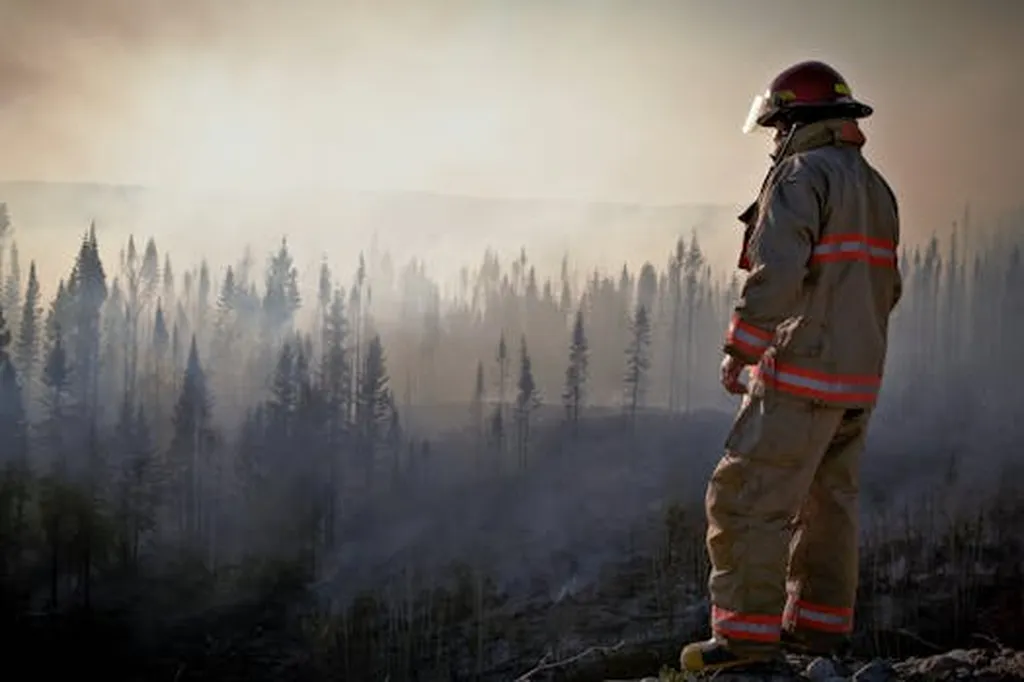In an era where wildfires are becoming increasingly frequent and destructive, critical infrastructure (CI) is under severe threat, with significant commercial implications, particularly for the energy sector. A recent study published in the journal *Infrastructures* (translated to English as “Infrastructures”) sheds light on the vulnerabilities of critical infrastructure to wildfires and offers a comparative analysis of resilience strategies employed in the US and EU. The research, led by Nikolaos Kalapodis from the Center for Security Studies in Athens, Greece, provides actionable insights and policy recommendations to bolster wildfire resilience.
The study highlights the escalating risks posed by extreme wildfires, driven by climate change, altered land use patterns, human-caused ignitions, and the accumulation of flammable fuels. These factors collectively contribute to the growing threat to critical infrastructure, which includes energy grids, transportation networks, and communication systems. The commercial impacts of wildfires on the energy sector are profound, with disruptions leading to substantial financial losses and operational challenges.
Kalapodis and his team conducted a comprehensive analysis of major wildfire events in the EU and the US, including the 2017 Portuguese fires, the 2018 Mati wildfire, the 2023 Lahaina disaster, and the 2025 Los Angeles fires. The study evaluates the effectiveness of various resilience measures and identifies areas for improvement. “The persistent challenges we identified, such as governance fragmentation and the lack of standardization in risk assessment and mitigation protocols, underscore the need for a more coordinated and science-based approach,” Kalapodis noted.
The research compares the EU’s CER Directive and the US National Infrastructure Protection Plan, assessing their effectiveness in mitigating wildfire risks. It also examines European Commission initiatives like FIRELOGUE, FIRE-RES, SILVANUS, and TREEADS flagship projects, which aim to enhance wildfire resilience. The study synthesizes empirical evidence to draw key lessons learned from these initiatives and major wildfire events.
One of the critical findings is the inadvertent contribution of critical infrastructure to wildfire ignition and spread. This underscores the importance of integrating scientific knowledge and data into policy formulation and implementation. “By addressing these gaps, we can develop more robust and resilient infrastructure systems that can withstand the increasing threats posed by wildfires,” Kalapodis explained.
The study concludes with actionable recommendations aimed at fostering multi-stakeholder approaches to strengthen wildfire resilience at both policy and operational levels. These recommendations include improving governance structures, standardizing risk assessment and mitigation protocols, and enhancing the integration of scientific knowledge into policy decisions.
The research published in *Infrastructures* offers valuable insights for the energy sector and other critical infrastructure stakeholders. By adopting a science-based, multi-stakeholder approach, the energy sector can better prepare for and mitigate the impacts of extreme wildfire events, ensuring more resilient and sustainable operations in the face of a changing climate.

